
With Air New Zealand operating daily flights between Auckland and Shanghai and China Southern Airlines operating daily services between Auckland and Guangzhou, New Zealand now had the increased capacity to take advantage of the publicity.
The PKP scheme was a business-to-business program aimed at promoting New Zealand as a destination in its own right, rather than as a three-day "add-on" to an Australian holiday, he said.
"The purpose of this PKP program is to encourage the travel agents -- when they've got someone in front of them saying, 'We heard about Yao Chen' -- to bring out what we call the mono-New Zealand itinerary, the New Zealand-only itinerary, and say, 'Well, you've got 10 or 12 days for your Oceania holiday, why don't you just do New Zealand by itself? Because there's lots to keep you busy for 10 to 12 days and here's the itinerary to prove it'."
PKP had encouraged enthusiasm and commitment among Chinese travel agents to sell New Zealand holidays in a very aggressive market being targeted by all the world's destinations.
"The PKP is a financial partnership with each of these 18 agents so they contribute marketing funds specifically for New Zealand and we contribute alongside their investment," Everitt said from Shanghai in a phone interview.
He declined to detail the budget allocated to the program, which, he said, was unique.
"This is an innovative program. New Zealand is the only destination that's doing something this sophisticated in terms of marketing with travel agents here in the market. We'd be keen to keep that leadership position," he said.
Approved PKP itineraries for Chinese travelers would have to include a minimum of five nights in New Zealand and cover at least three regions.
They were also banned from including "organized shopping," such visits to shops where travel companies or their representatives received commissions on sales or visits, but had to include "free shopping time" in central retail districts.
New Zealand tourism businesses were generally prepared to host greater numbers of Chinese tourists, but "at the same time there's more work that needs to be done," he said.
They were only "somewhat aware" of the opportunities and advantages of promoting themselves in Chinese social media, such as Weibo, he said.
"It's fair to say that there's a lot more work we need to do to provide full information to prospective visitors about all the things they can do in New Zealand," said Everitt.
"New Zealand tourism businesses are catching on to the Chinese opportunity very quickly and, to their credit, they are studying it quite hard and making small innovations and tweaks to enable the experiences to be assimilated a bit more easily by Chinese people."
Since New Zealand gained Approved Destination Status in 1999, enabling Chinese tour groups to visit, the China market had grown to become its second-largest source of arrivals.
Around 195,000 Chinese arrived in New Zealand in the year to November 2012, up 38 percent from the year to November 2011.


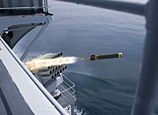
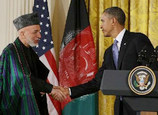
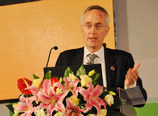
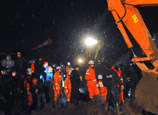
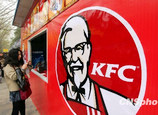
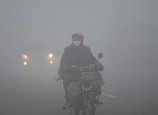

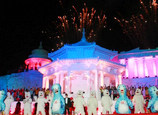







 Beijing police save female hostage
Beijing police save female hostage


![]()
